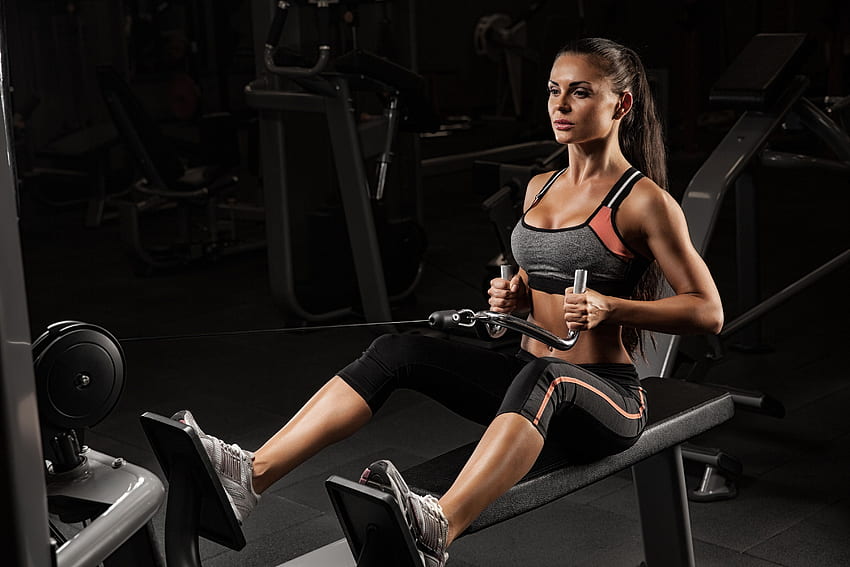There are several types of workouts that can be done in our gym, each with specific goals. Strength training, for example, aims to increase muscle mass and strength through exercises such as squats, bench presses and deadlifts. This training is usually done with heavy weights for sets of 4 to 8 repetitions, emphasizing proper execution of the movements. Cardiovascular training, on the other hand, is designed to improve endurance and heart health, and can include exercises such as treadmill running, elliptical trainer or rowing machine. It can be done at a moderate intensity for a long duration or through high-intensity interval training (HIIT), a method that alternates periods of maximum effort with periods of rest. HIIT is particularly effective for burning fat quickly and improving explosiveness, with short but very intense sessions.
Functional training focuses on movements used in everyday life and includes exercises like deadlifts, kettlebell swings, and box jumps, designed to improve coordination and agility. Circuit training combines both strength and cardio exercises, working the entire body while minimizing rest between exercises. For those looking to improve flexibility and reduce muscle tension, stretching or yoga sessions are ideal, especially after strength or cardio sessions to aid recovery. Finally, agility training focuses on speed and coordination, with exercises like zigzag runs or ladder drills designed to improve reaction time and balance.
A typical training week might include strength training on Monday and Thursday, cardio on Tuesday, functional and mobility training on Wednesday, HIIT or circuit training on Friday, with Saturday dedicated to active recovery and Sunday to complete or light rest. Each type of training can be tailored to individual goals and fitness level.



READY FOR SOME SWEATING
“I’m ready to sweat it out in the gym today! I’ve got an intense workout planned with squats, burpees, and sprints to really push my body to its limits.”

